Hey there! I'm Sagnik, a MERN stack developer currently learning DevOps as well. I believe in learning in public, sharing my knowledge with the community, and learning from everyone involved. I'm writing my first blog post on a topic in computer networking.
OSI MODEL
The Open Systems Interconnection (OSI) is a reference model that explains how a software application transfers from one computer to another.
The OSI model comprises seven layers, with each layer performing a specific function.
OSI model divides the whole task into seven smaller and manageable tasks.
7 Layers of OSI Model
Application Layer
Presentation Layer
Session Layer
Transport Layer
Network Layer
Data Link Layer
Physical Layer
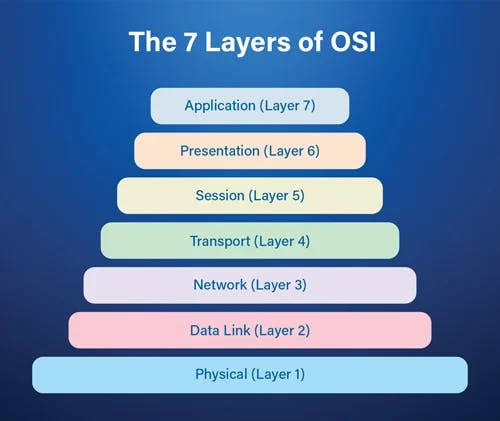
Application Layer
This layer provides the network services to the end-users
It is the topmost layer
It serves as a window for users and application processes for the network service
This layer defines many application-level protocols such as HTTP for web browsing, SMTP for email, FTP for file transfer.
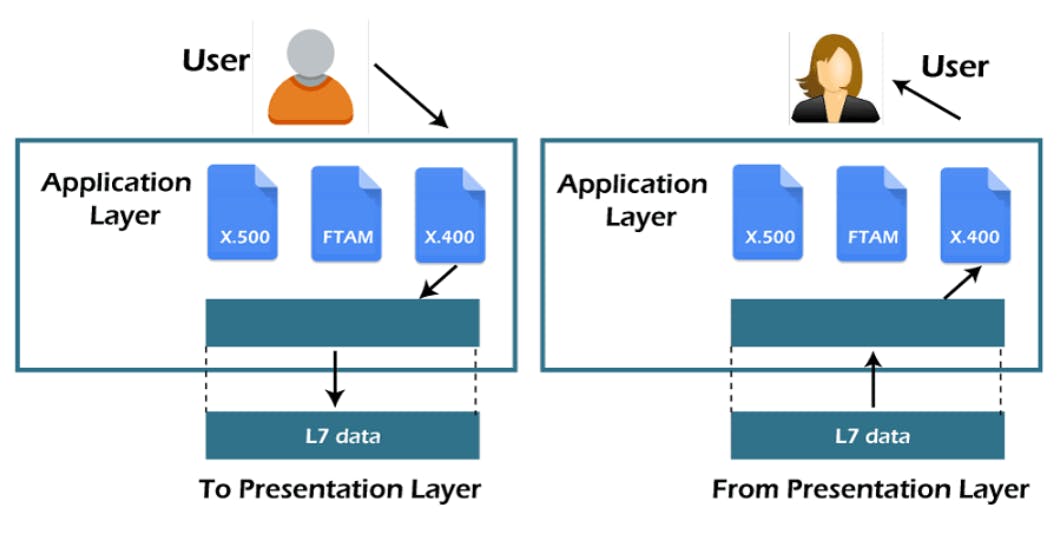
Presentation Layer
This layer acts as a data translator for a network
This layer handles character encoding.
It is a data encryption decryption layer
The Presentation layer is also known as the syntax layer

Session Layer
The Session layer is used to establish, maintain and synchronizes the interaction between communicating devices
Assign unique session IDs
Provides error detection and recovery

Transport Layer
This layer ensures that the messages are transmitted in the order in which they are sent
It converts the data into smaller segments
The protocols defined here are TCP ( Transmission Control Protocol ) and UDP ( User Datagram Protocol ).
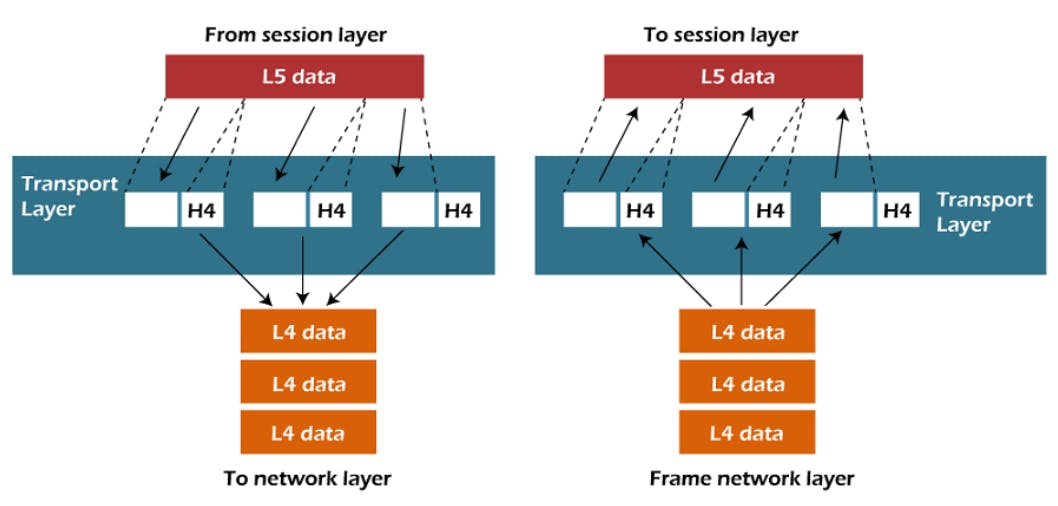
Network Layer
It determines the best path to move the data from source to destination
It sends the received data segments from one computer to another computer that is located in a different network
Responsible for logical addressing and routing.
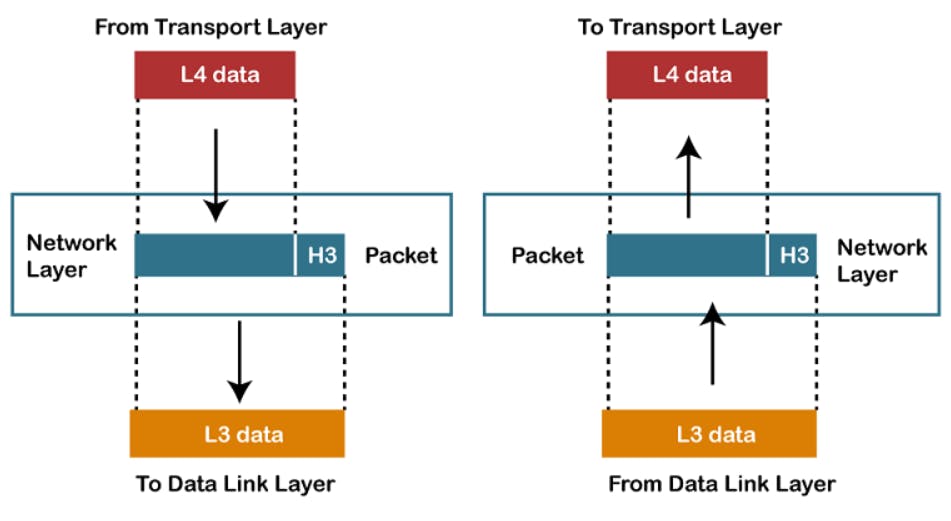
Data link Layer
This layer is responsible for error free transfer of data frames
It defines the format of the data on the network.
The packet received from the Network layer is further divided into frames depending on the frame size of NIC(Network Interface Card).
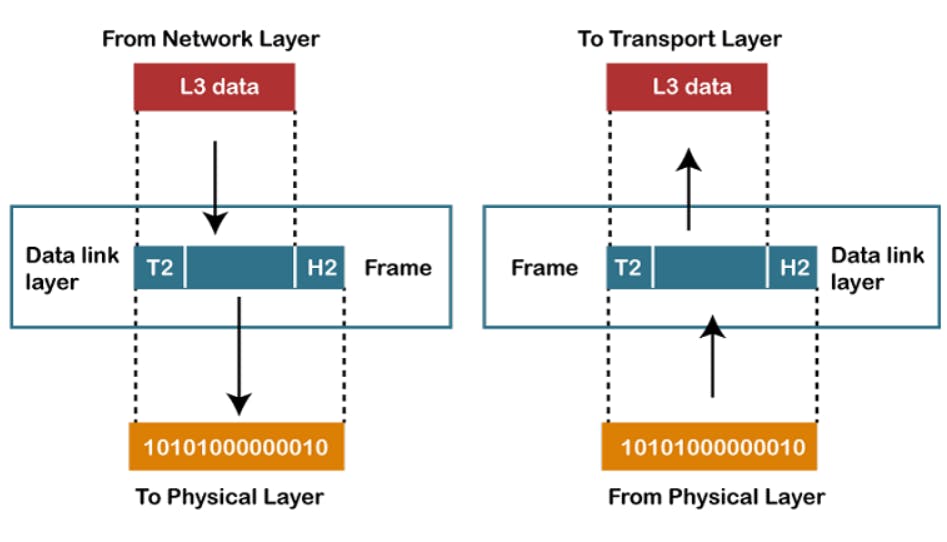
Physical Layer
It is the lowest layer of the OSI model
It establishes, maintains and deactivates the physical connection
The physical layer contains information in the form of bits
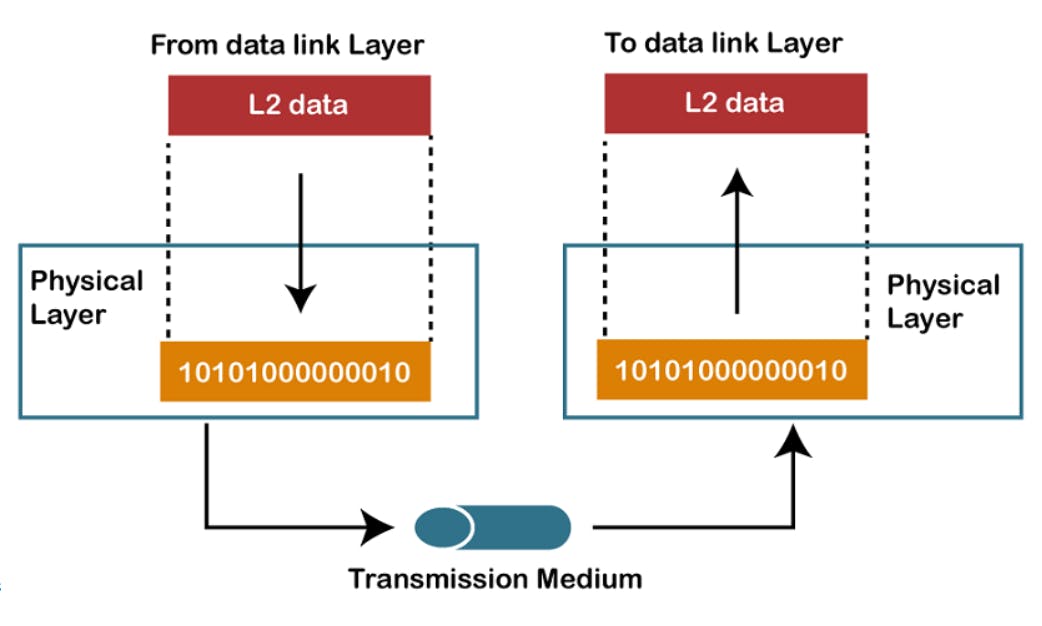
So this is the article/blog. I hope you find it informative. If you like it please follow like and share. I will continue to write informative blog posts related to DevOps.Please give your feedback in the comments where i can improve .Thank You .

